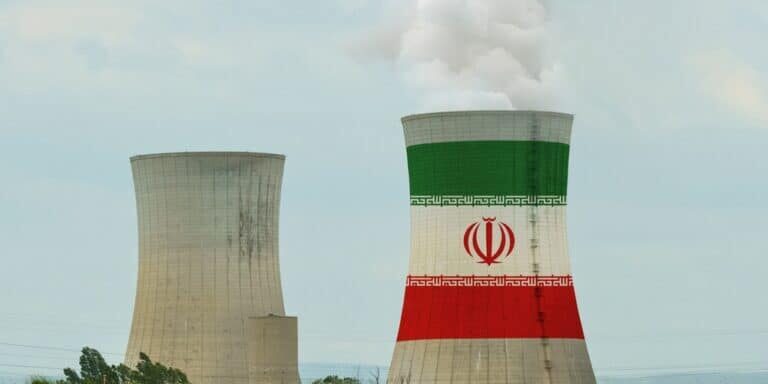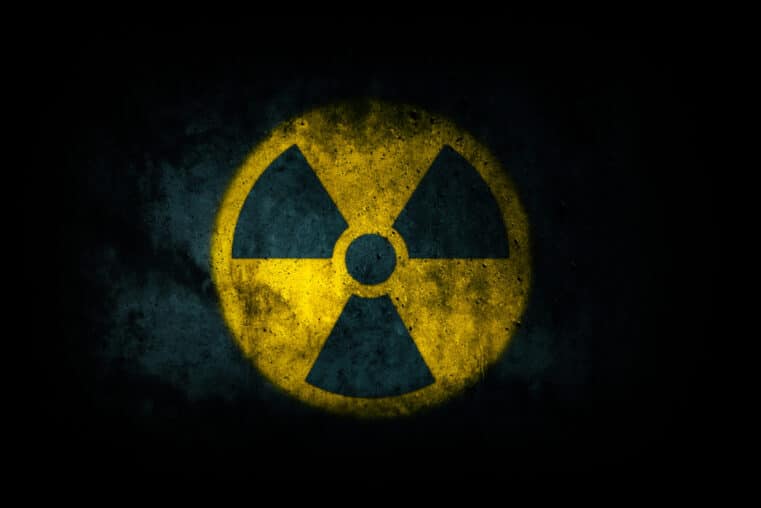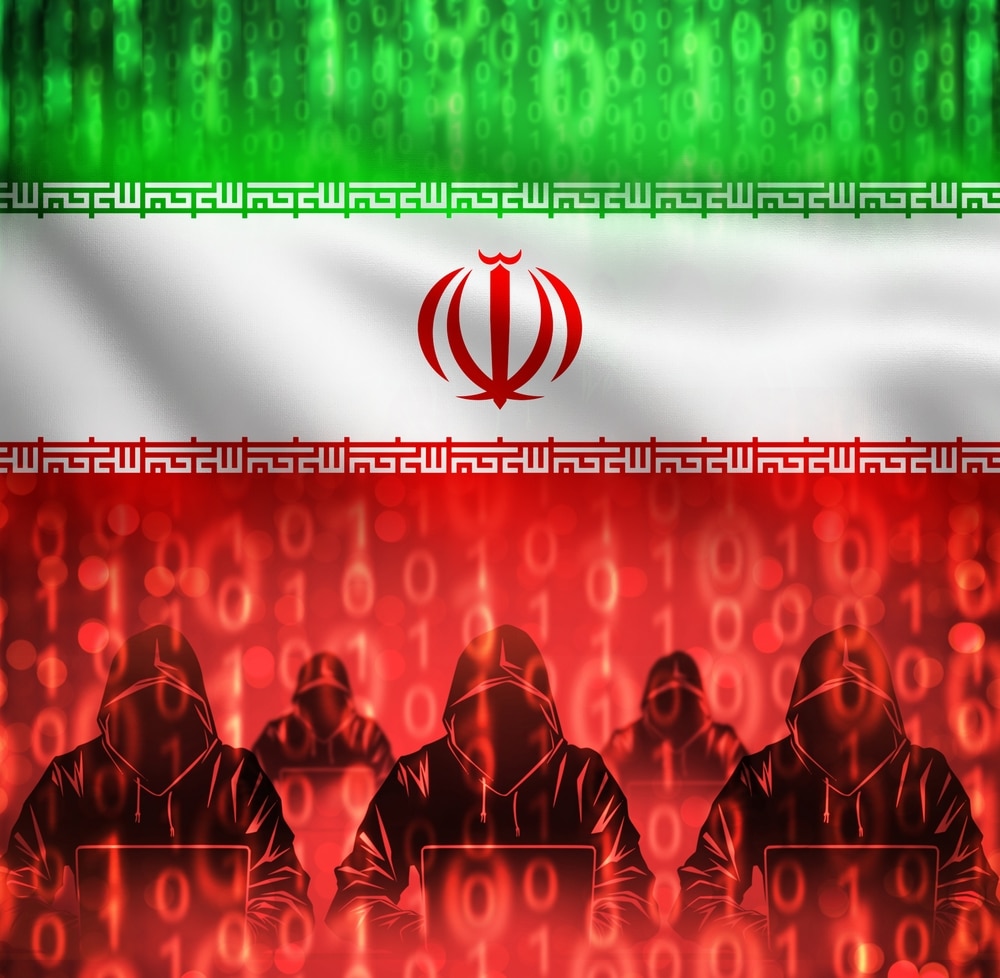
Mission Incomplete? U.S. Strike on Iran Falls Short — Nuclear Threat Still Alive and Kicking
Did Washington Just Hand Iran a Tactical Advantage?
The White House cheered. The media praised. Defense officials assured the public that Iran’s nuclear ambitions had been “obliterated.” But new intelligence suggests otherwise — that the much-hyped airstrikes on Fordow, Natanz, and Isfahan didn’t destroy Iran’s nuclear sites. The bunkers are still intact. The centrifuges? Moved. The uranium? Untouched.
Let that sink in.
After raining down a dozen 30,000-pound bombs from B-2 stealth bombers, we now find ourselves asking: What did we actually hit?
This wasn’t a deception — it was a possible strategic failure. And in the high-stakes world of nuclear deterrence, failure doesn’t come cheap.
Here’s What the Intel Actually Shows:
- Fordow’s nuclear infrastructure still functional
- Uranium stockpile preserved
- Centrifuges moved before the strike
- Only above-ground power structures heavily damaged
That’s not a “mission accomplished” — it’s a pause button on a ticking clock.
Even Israeli intelligence reportedly found less damage than expected. Best-case scenario? Iran’s program is delayed by months, not years. And if they rebuild — and they will — we’ll be back where we started, only with higher stakes and more eyes watching.
What Went Wrong?
The Pentagon may have underestimated just how deep and hardened Iran’s nuclear infrastructure is. Some of the sites targeted — like Isfahan — were hit with Tomahawks instead of bunker busters because military planners knew they likely couldn’t penetrate the deepest layers.
So now we’re left in a dangerous limbo: a weakened Iran still in possession of its nuclear knowledge, likely more determined than ever to harden its assets and retaliate on a global scale.
And while the D.C. class debates semantics, your security, your economy, and your dollar are hanging in the balance.
The Risks Moving Forward
Mistake or not, this operation may have raised the temperature without extinguishing the fire.
- Iran’s nuclear program wasn’t stopped — it’s been warned.
- U.S. credibility in the region just took a hit.
- Retaliation — cyber, economic, or military — is now more likely.
- Global oil prices are climbing.
- Investor confidence is dropping.
- Bank stability? Shakier by the day.
And with more money printing, more defense spending, and more global instability on the horizon, it’s no coincidence that FedNow and digital tracking schemes are being quietly fast-tracked. Always watch what they do when you're distracted by the noise.
The Real Fallout May Hit Your Wallet
The global banking cartel doesn’t care if a few bombs missed their targets. In fact, they prefer it. War breeds instability. Instability creates demand for “control mechanisms” — like central bank digital currencies and surveillance “safety nets.”
Every mistake abroad becomes an excuse to clamp down at home. The playbook doesn’t change.
And just like every time before, it’s the working American — the patriot, the small business owner, the retiree — who will be left holding the bag when the dollar dives and the next financial shock rolls in.
The Bottom Line
This wasn’t a con — but it might’ve been a colossal misjudgment. And in geopolitics, misjudgments get people killed and currencies devalued.
We don’t need more wars. We need competence. We need accountability. And we need to protect ourselves from a system that profits from conflict and leaves us with the bill.
ACT NOW — BEFORE THE NEXT MISTAKE COSTS YOU EVERYTHING
🛡️ Download your FREE copy of Seven Steps to Protect Yourself from Bank Failure by Bill Brocius — while you still can:
👉 Click Here
🔒 Join the Inner Circle and get real-time alerts and analysis the media won’t show you — now just $19.95/month:
👉 Subscribe Now
📦 Get your hands on the physical copy of The End of Banking As You Know It — shipping and insurance free:
👉 Order Here
The next mistake might not be survivable. Arm yourself with knowledge. Prepare now.
— Sam Clemons











